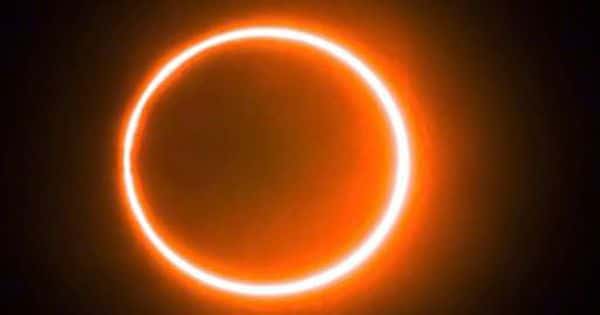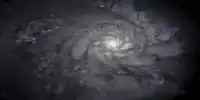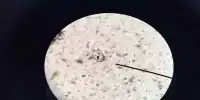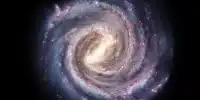Like evil, the Beatles dropped nearly two-thirds of their brightness by the end of 2020, marking a rare case of star variability visible even to a casual observer. Although astronomers were confident about this, they did not indicate that the star’s final death was imminent, but they were less sure about the actual explanation.
A paper of nature attributes the cause of a number of connected phenomena, the end of the dust cloud which hinders our vision. Montargès said in a statement, Dr. Miguel Monterges of the Sorbonne Université recorded the BattleJues at critical points in the process using the European Space Agency’s very large telescope. “For once, we’ve seen real-time changing stars in a matter of weeks.”
Pan Superhews is so large (760 solar diameters) and relatively close, its disk looks larger to us than any other star next to the Sun 90 percent lost lost. One theory was that it represented localized coolness, the other was that the dust particles blunted our view south of Betalges. The paper argues that these are probably linked rather than competitive interpretations. Huge bubbles of gas are known to swell and burst in the BattleJues, and Monterges argued that there had been an unknown time in the South before that, which resulted in huge emissions of matter. What was initially expelled was mostly transparent gas, kept warm by proximity to beetles.
However, after the bubble, the southern hemisphere cools, causing the gas to turn to dust. Due to the cold, Betelgeus was receiving less light than usual and our view of what was being revealed was unusually vague. “We have directly witnessed the formation of the so-called Stardust,” Monterges said. Modeling on paper suggests dust had a comfortable dominant material. The authors probably consider red supergents to be the most frequent source of such elements, but this rarely interferes with the Earth’s view. If that were the case, observers of the properly established world might be surprised by the great dullness, but we would only see small dips.
















